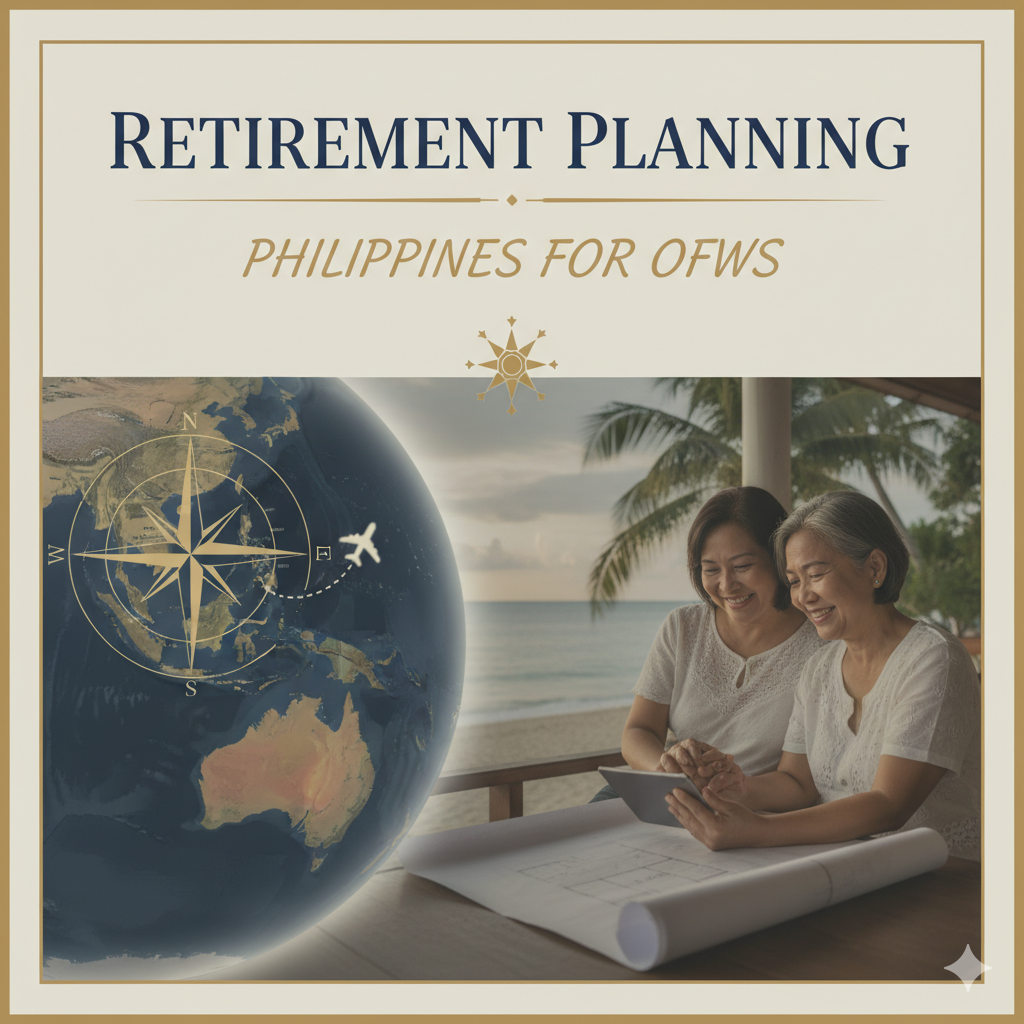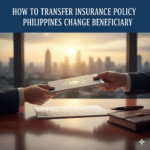A practical guide to retiring well as an OFW
If you’re an overseas Filipino worker, this quick guide to retirement planning philippines for OFWs gives a clear, step-by-step roadmap you can start today — no finance degree required.
Whether you’ve worked abroad for a few years or decades, retirement planning philippines for OFWs begins with a few reliable building blocks: social benefits, a tax-efficient savings vehicle, and simple investing.
Read on: we’ll cover SSS rules, Pag-IBIG MP2, PhilHealth, basic investment choices, a one-page checklist and FAQs so your retirement planning philippines for OFWs is practical and repeatable.
Why start now?
Time and discipline beat timing the market. Even small remittances invested consistently add up thanks to compounding — and OFWs can access government programs (SSS, Pag-IBIG, PhilHealth) plus private investments to create a diversified retirement pot.
SSS offers a formal retirement benefit (monthly pension if you reach the required contribution threshold, or lump sum otherwise). For retirement pension eligibility and benefit mechanics see SSS’ retirement benefit page. Social Security System
Note: contribution rules changed recently — SSS contribution parameters (including the 2025 update) are published by SSS and affect replacement rates and pension size, so include SSS contributions in your plan. Social Security System
Core pillars (what to use and why)
1) SSS (social pension & lump sum)
Keep your SSS record active. SSS retirement pays a monthly pension if you have 120+ credited monthly contributions (or a lump sum if you have fewer). This is the backbone of many Filipino retirees’ safety net. Social Security System
2) Pag-IBIG MP2 (high-yield, low-risk government savings)
MP2 is a voluntary, government-backed savings program with a 5-year maturity and historically attractive dividends (MP2 dividends have been in the mid-to-high single digits in recent years). MP2 accepts small regular deposits (minimum Php 500) and allows OFWs to remit/ enroll via Virtual Pag-IBIG. Use MP2 for medium-term goals and as a low-risk core holding. BusinessWorld Online+1
3) PhilHealth (health protection)
Register as a contributing PhilHealth member while abroad (or sign up as a voluntary/direct contributor) so medical costs don’t eat your retirement savings. PhilHealth lists OFWs among eligible member categories and offers payment channels for contributors overseas. PhilHealth
4) Personal investments (mutual funds, stocks, unit trusts, time deposits)
Once your basic safety net is set (SSS + MP2 + PhilHealth), add simple private investments: a balanced mutual fund or diversified ETF exposure, and a small emergency cash buffer. For many OFWs, regular automated contributions (e.g., monthly) are the simplest route.
5) Insurance & estate basics
Term life (to protect dependents), disability coverage, and a simple will (even a basic one) keep your family secure and reduce future stress on your retirement pot.
A 5-step OFW retirement blueprint (action today → 1 year)
-
Verify SSS/PhilHealth/Pag-IBIG records — update contact, MID, and ensure contributions are posted. (Use the SSS and Pag-IBIG portals.) Social Security System+1
-
Open an MP2 account (Virtual Pag-IBIG) and commit a fixed monthly remit (₱500+). pagibigfundservices.com
-
Set up an automated investment: small mutual fund or robo-advisor deposit in the Philippines or offshore, depending on where you are and tax rules.
-
Build 3–6 months cash buffer (local currency for Philippine expenses + emergency remittance plan).
-
Review yearly: rebalance, top up MP2, and check SSS contributions vs. target pension.
Simple sample allocation (starter)
-
Safety net & housing: MP2 20%
-
Long-term growth: Mutual funds / low-cost ETFs 40%
-
Social coverage: SSS + PhilHealth contributions (mandatory/voluntary) 15% (treated as essential “expense”)
-
Cash/emergency: 15%
-
Insurance / extra savings: 10%
Adjust by age: shift more to conservative (cash + MP2 + bonds) as you approach retirement.


